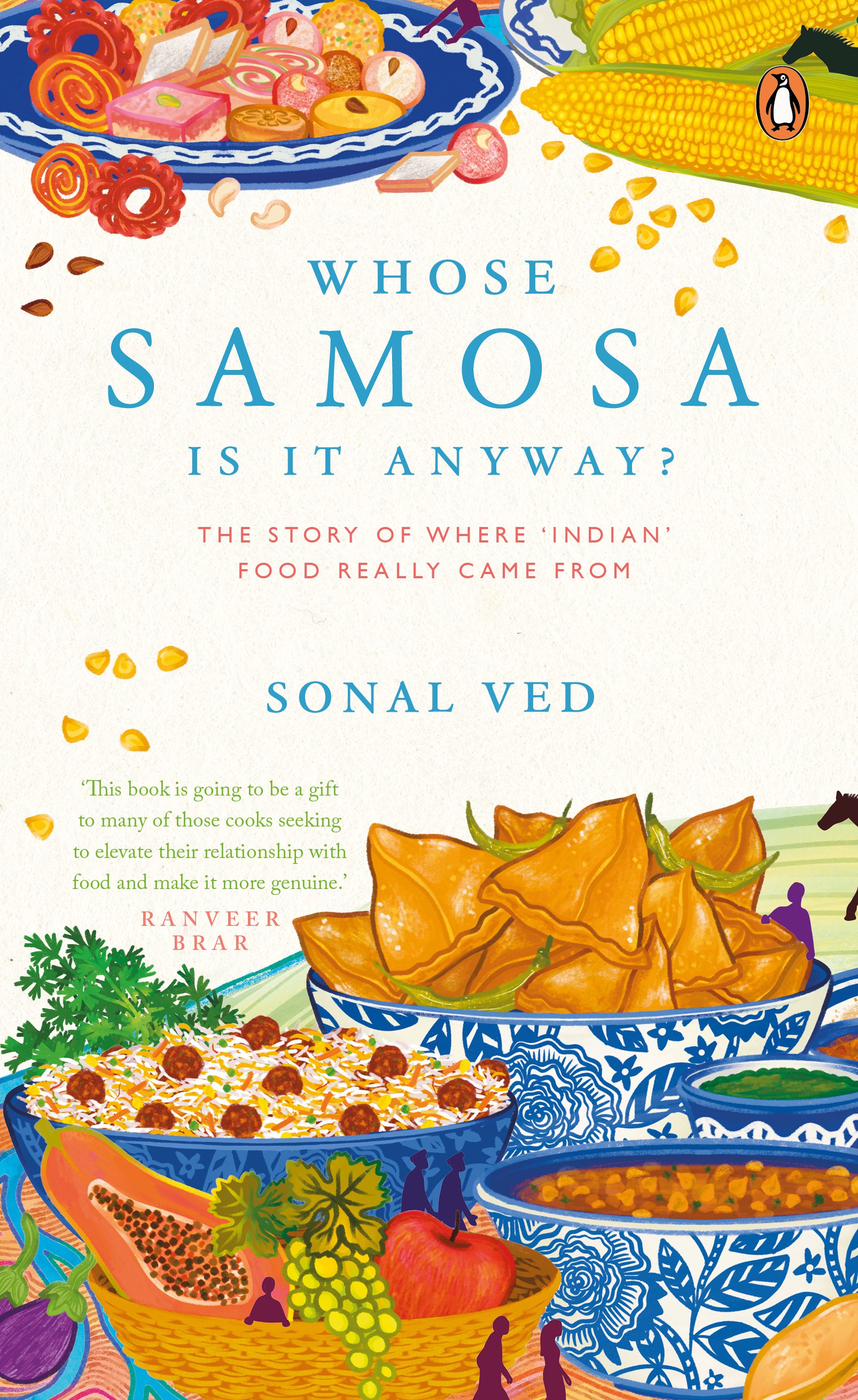Samosas are Indian fried pastries typically filled with potatoes and peas. But it wasn’t always that way. Mumbai-based author Sonal Ved unpacks the history and influence of trade and origins of Indian cuisine through the lens of these savory, crunchy pyramids in her book, “Who’s Samosa is it Anyway? The Story of Where ‘Indian’ Food Really Came From.”
Tracing Indian cuisine back 4,000 years, she came across a lotha or curry pot that Indians still use today. Researchers conducted a starch analysis of utensils and cookery found in Farmana, southeast of the largest Harappan city of Rakhigarhi. They discovered a prototype for a curry which very well may be the first curry eaten on the Indian subcontinent. Superfoods such as barley and amla (the Indian gooseberry), as well as millet, honey, plants, and meat were also part of this ancient diet. Spices and saffron came into the cuisine much later, with pepper, ginger, turmeric, and cardamom all being indigenously Indian. Ved also cites the Moghuls' strong, Central Asian influence on the cuisine overall.

“Who’s Samosa is it Anyway?” delves into the history of Indian cuisine long before the more recognizable saffron and spices entered the pot. Photo courtesy of India Penguin.
